Previously, the Wildcat helicopters could only target smaller vessels with their Martlet missiles and Sting Ray torpedoes. The introduction of the Sea Venom, which packs ten times the power of the Martlet, allows them to engage larger, heavily armoured ships such as corvettes from a distance of up to 20 kilometres.
The first venomous bite from a Wildcat…
The #RoyalNavy’s Wildcat maritime attack helicopters will soon pack an even bigger punch after a milestone firing of the new Sea Venom missile, which is designed to destroy enemy warships and attack craft.
Click video to read more.
— Royal Navy (@RoyalNavy) October 9, 2024
Lieutenant Commander Robin Kenchington, from the Royal Navy’s 744 Naval Air Squadron, praised the performance of the missile, highlighting its accuracy and the ease of use for the crew. “The Wildcat has another potent addition to its arsenal, increasing the ability of front-line crews to fight from a greater stand-off distance, maximizing their lethality whilst keeping them safe from enemy defences,” he said.
The successful test was a collaborative effort involving Leonardo UK, MBDA, QinetiQ, and the Ministry of Defence, showcasing the effective teamwork between industry and military partners. Commodore Nick Sargent, Head of Helicopters at Defence Equipment & Support, acknowledged the milestone as a significant leap forward for the Royal Navy’s capabilities.
Sea Venom replaces the retired Sea Skua missile and brings advanced features like coastal suppression, in-flight re-targeting, and multiple flight profiles, making it a versatile and powerful weapon for modern naval warfare. This development enhances the role of the Wildcat helicopters, which already serve on front-line missions around the globe, protecting Royal Navy assets like the Queen Elizabeth-class aircraft carriers.
Source: Royal Navy.





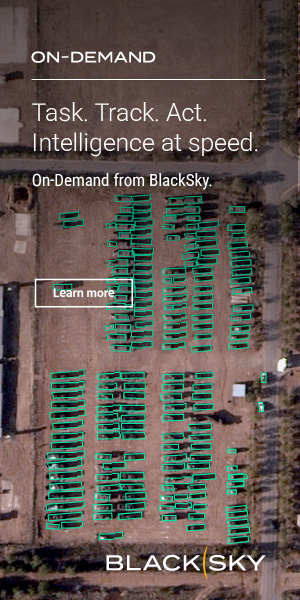







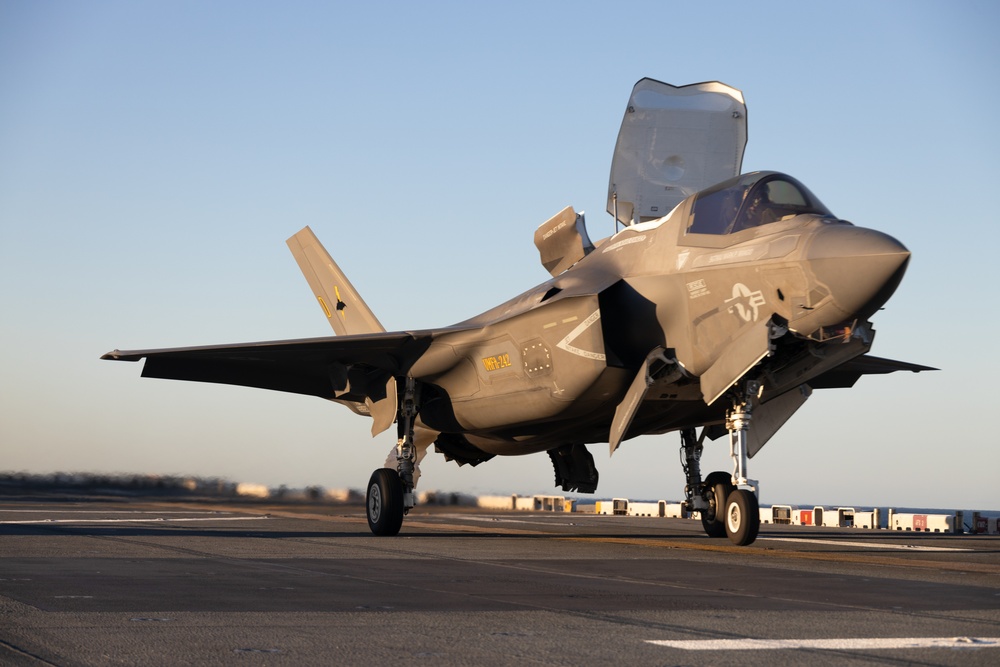

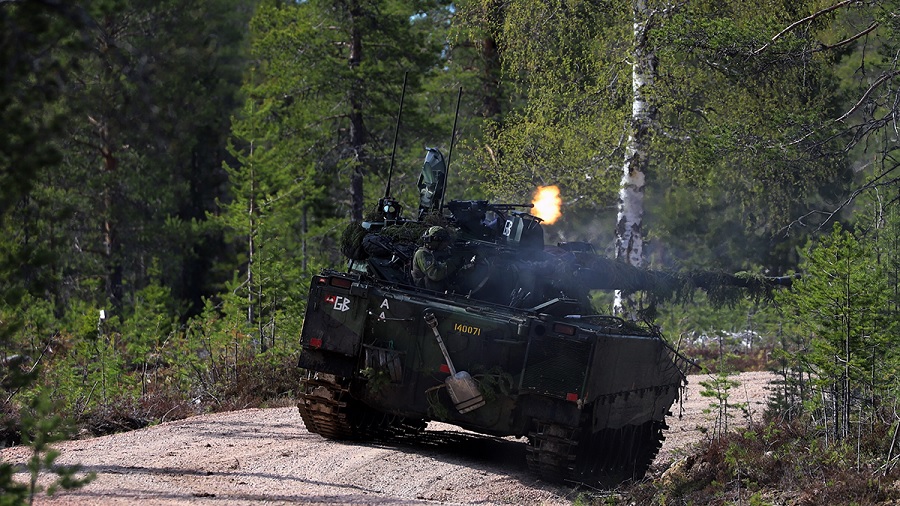
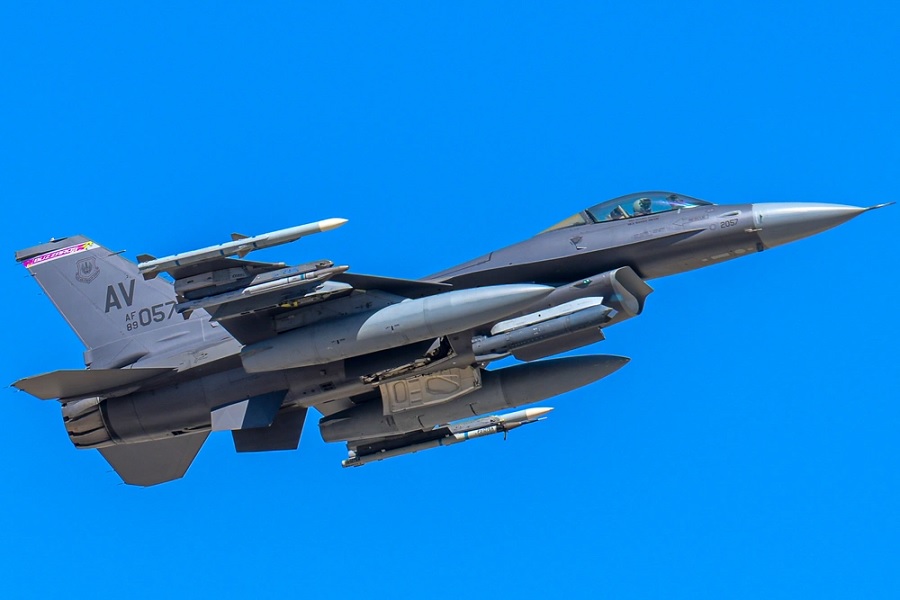
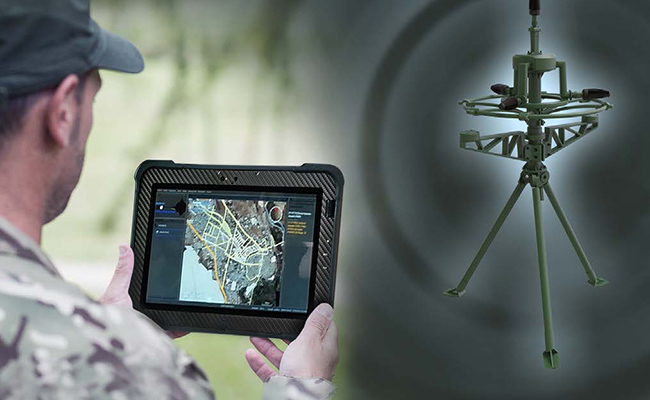
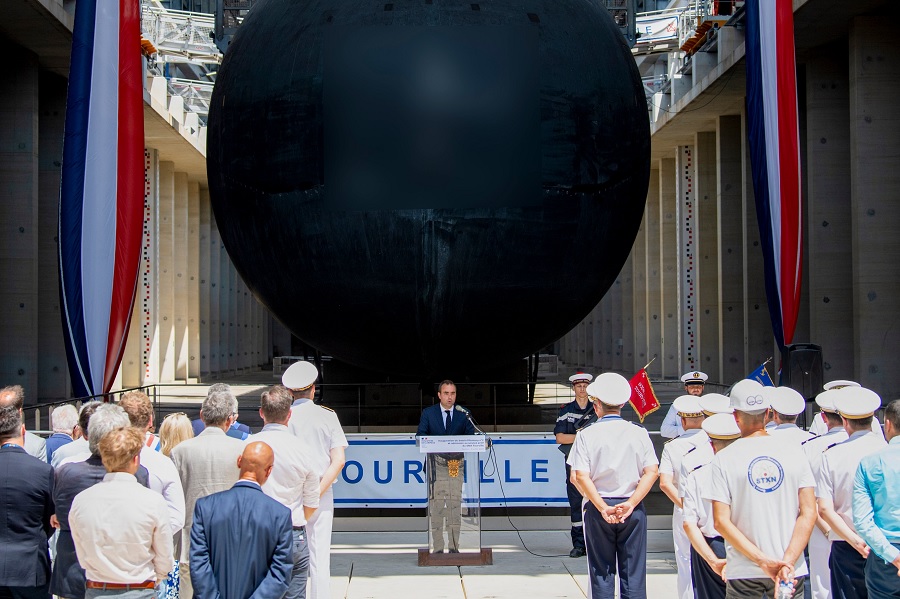
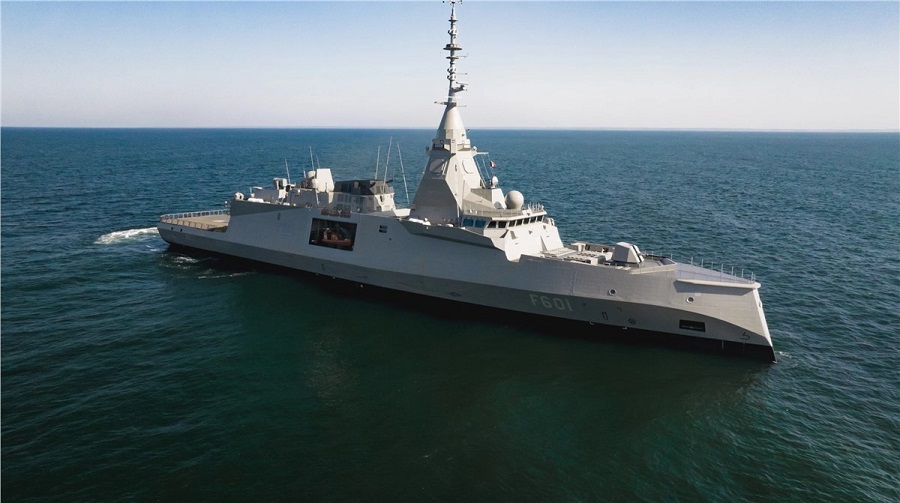
![B-2 Spirit bombers and F-22 Raptor fighters conduct flyover of White House [VIDEO]](https://defence-industry.eu/wp-content/uploads/2025/07/B-2-Spirit-bombers-and-F-22-Raptor-fighters-conduct-flyover-of-White-House-VIDEO.jpg)



